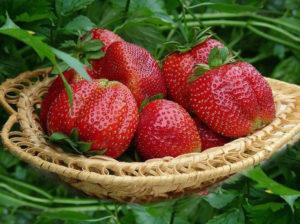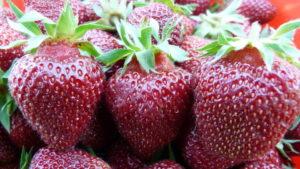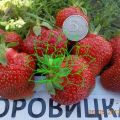Is it possible to plant different varieties of strawberries next to each other on the same bed
Late summer and early fall are the season for planting strawberries in the ground. If strawberries are planted for the first time, it is reasonable for novice summer residents to question: is it possible to plant different varieties next to each other, will this method of planting not harm the crop, and will there be a good harvest in this case. Detailed answers to these questions are discussed below.
Content
- 1 Do different varieties of strawberries planted nearby get pollinated?
- 2 Effect of cross-pollination on planting crops nearby
- 3 Can different strawberry varieties be planted next to each other?
- 4 Can strawberries get dusty with strawberries?
- 5 Features of the neighborhood of conventional and remontant varieties
- 6 Tips and tricks from experienced summer residents
Are the different varieties of strawberries planted nearby getting pollinated?
Among summer residents there is an assumption that if a variety of strawberry varieties are planted on the same territory, then the result will be a mixture of species and even the formation of a new individual. Blame for this is such a phenomenon as cross-pollination, because the seedlings will pollinate the same insects, transferring pollen from bush to bush. However, experienced breeders claim that:
- Strawberries, regardless of mixing with the pollen of a neighboring plant during pollination, will have the characteristics of the mother culture.
- The above wording also applies to daughter outlets, antennae.
- The composition of the pollen will affect the newly formed seeds, but this will not affect the taste, properties, appearance of the already grown berry.
Effect of cross-pollination on planting crops nearby
According to research, nearby strawberry varieties do not have any effect on each other. The berries formed on the plant have the characteristics, taste and characteristics of the mother shrub and are not a consequence of the cross-pollination of neighboring species. Therefore, it is permissible to locate crop varieties in the same territory if:
- there is a desire to taste the berries, planting 1-2 bushes of each type;
- it is necessary to choose the best of the varieties for subsequent cultivation;
- the area for planting is small, and you need to compactly arrange the berries.

Strawberries are a self-pollinating crop, so they can produce berries even when growing one species. However, it has been proven that with the coexistence of two species and mutual pollination, the yield and quality of fruits even improves.
Can different strawberry varieties be planted next to each other?
Since the cross-pollination of crops located nearby will not affect the taste and characteristics of each variety in any way, it is possible to plant varieties of strawberries in one garden bed. However, when growing, it is necessary to control so that the growing antennae take root in the redistribution of their beds, without climbing into the territory of the neighboring one.Otherwise, after 1-2 fruitful seasons, it will be impossible to figure out where and what kind of berries are planted - the crops will mix with each other.
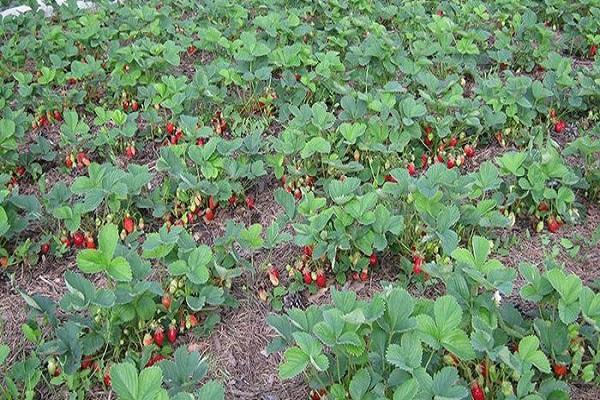
It is possible to exclude the mixing of berries if, for example, garlic is planted along each bed of strawberries. And if the area for planting is small, and there is nowhere to plant other plants, it is permissible to put pieces of slate between adjacent bushes, thus forming a fence that delimits the berries between themselves.
The need to separate the types of strawberries is also due to the different ripening times of berries, the necessary care and planting requirements. After all, it is much easier to harvest, water, feed separately planted plants.
Can strawberries get dusty with strawberries?
If you plant strawberries and strawberries nearby, cross-pollination will also occur, but the process will not affect the taste, varietal qualities of plants. This factor affects only the seeds, which, together with berries, are used in compotes and jams.
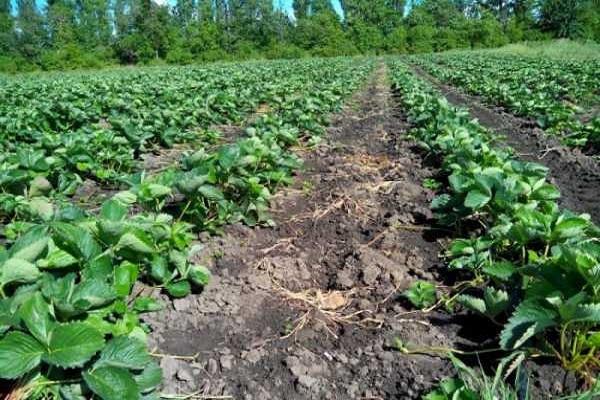
Features of the neighborhood of conventional and remontant varieties
The location of the above varieties of berries next to each other does not have any effect on each other.
The emergence of a new species can only be when trans-pollinated seeds are planted in the holes. If, during planting, the seeds are mixed, entangled, and the emerged seedlings are planted in the ground, it is possible that a new plant will be cultivated. In other cases, the bushes can easily coexist nearby.
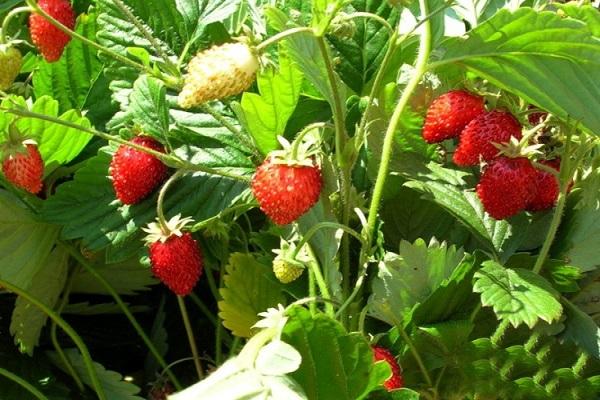
Tips and tricks from experienced summer residents
Summer residents say that when planting different varieties of berries nearby, you need to adhere to the rules proven over the years:
- Crops must be monitored, looked after and controlled for their growth. It is imperative to spread the antennae in different directions, so as not to get confused in the seedlings in the end.
- Each species has its own ripening period, therefore, plants need to be watered with different intensities, fertilized and separated from weeds on time.
- Different plants have different heights of bushes. Low crops must be mulched, thereby protecting from decay.
- After the harvest season, the garden bed will require a massive transplant, since, for example, strawberries in one place bear fruit well for no more than 4 years in a row.
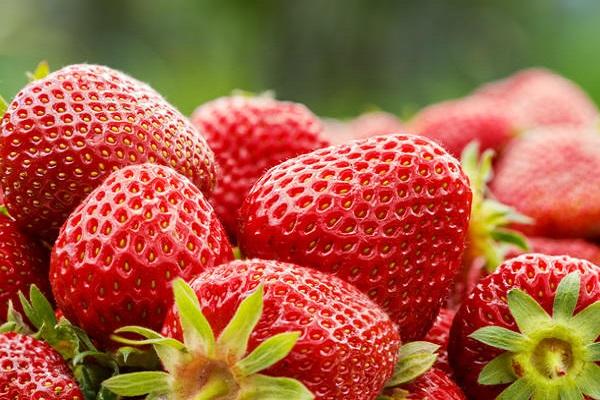
If all the conditions for planting and care are met, but the yield is gradually decreasing, you need to find out the reason for this phenomenon:
- it is possible that there are weeds on the territory, such as Bakhmutka, Dubnyak, Zhmurka, which outwardly look like a strawberry, but do not bear fruit;
- over-pollinated seeds fell into the ground, rooted, grow well, but give a poor harvest, and varietal species, in addition, suffered from sudden frosts;
- the soil where the plants grow is depleted, and the crops themselves are already old.
